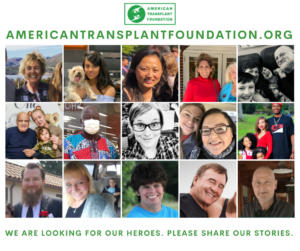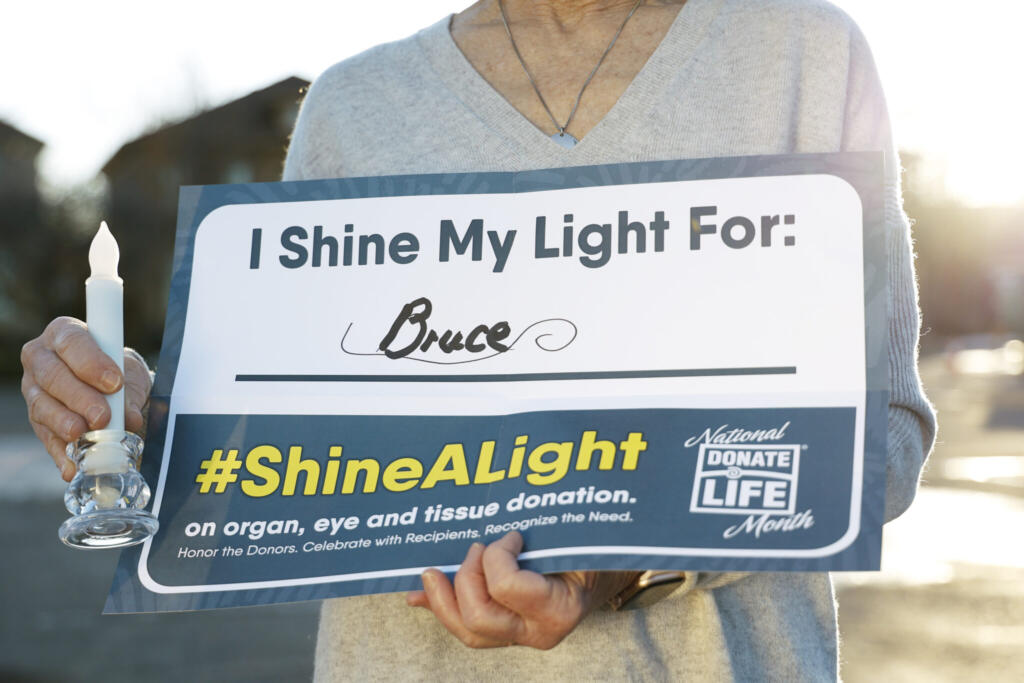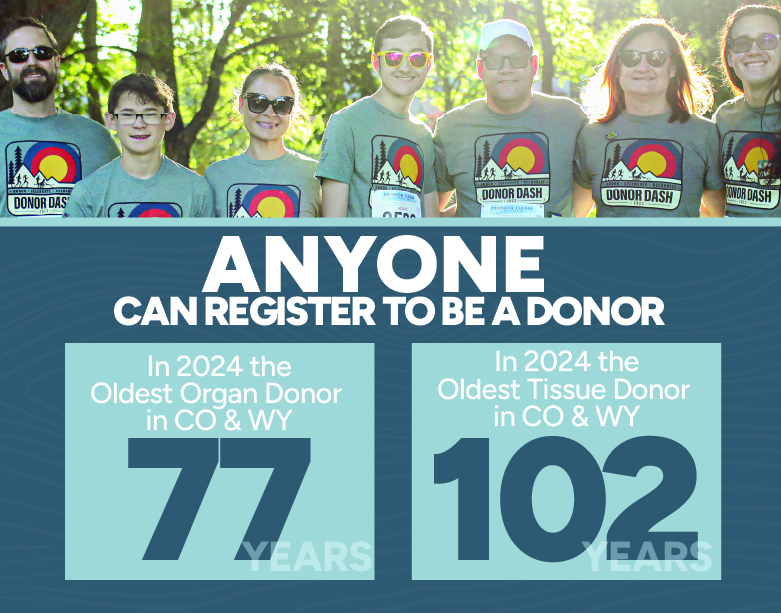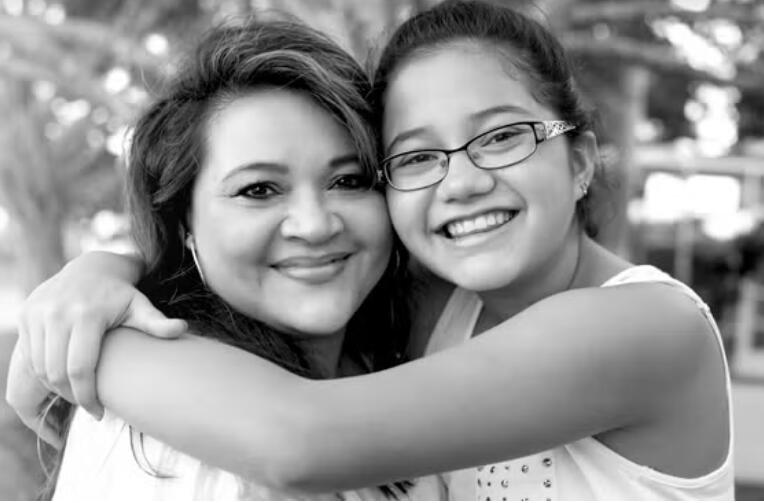Donation Essentials Blog
American Transplant Foundation Offers a New Way to Find a Living Donor And Become One
Imagine you or a loved one have just found out that you need an organ transplant to survive. Well, you are in luck, because today, Living Donor Day, April 6, is a great opportunity to learn about your transplant options from our partner, the American Transplant Foundation.*
Foundation.*
Last year, 152 people in our community died while waiting for a kidney or became too sick to get a kidney, an organ that could have been safely donated by a living person with little risk to their health (a serious complication rate of less than 1%).
In our region, it takes an average of 3-4 years to receive a kidney transplant. For some people, that is too late. In addition, transplants that come from a living donor generally have better outcomes in the long run.
On the other hand, imagine you have a desire to save a life through living donation but have so many questions and no idea where to start.
Aside from providing a comprehensive Living Donor Toolkit, the American Transplant Foundation’s Potential Living Donor Database aims to fill these gaps.
A new, one-of-a-kind free program, the Potential Living Donor Database (PLDD) is an innovative approach to bridging the gap between those who are seeking an organ donor and those who are willing to consider doing so. This completely free program, along with the Foundation’s other services, offers end-to-end transplant patient support solutions.
Take, for example, Robb. Robb is a loving father and husband from Colorado who, despite many years of battling his kidney disease, was losing the battle and his kidneys began to fail. Robb reached out to the American Transplant Foundation to have his story published through our Potential Living Donor Database.
In his own words, “A living donor will give me the opportunity to be around for my daughters as they grow up”. Thankfully, through the support of the PLDD and his American Transplant Foundation’s mentor John, Robb found a living donor and was successfully transplanted in 2021!
We have also partnered with Missy Franklin, five-time Olympic swimming gold medalist, to promote this program as she helps her father (from Colorado) and aunt (from Michigan) find living donors. Watch their story here.
POTENTIAL LIVING DONOR DATABASE SERVICES
For those interested in becoming a living donor, the database provides:
- more information and resources to determine if living donation is right for you;
- information on how to take the first step, whether you’re donating to someone you know or to a stranger;
- the opportunity to view profiles of people looking for a living donor including how to get tested to be their match, if interested;
- the ability to speak directly to another living donor for questions or support through the whole process through our free 1+1=LIFE Mentorship Program.
For those who are seeking a living donor, the database provides:
- the opportunity to have your very own webpage created on our website for potential living donors to view;
- the ability to speak directly to a mentor who has been through the transplant process and can help with answering questions, providing support, and suggesting ideas for finding a living donor through our free 1+1=LIFE Mentorship program;
- complimentary high quality “business cards” designed and mailed directly to your door with your picture, a QR code to your webpage, and a statement on your search for a living kidney donor;
- the chance to share a personal video message with our 16k+ social media followers.
If you have any questions or would like to be involved in this program, please email us at support@americantransplantfoundation.org.
Living donation is facilitated by transplant centers in our region. Learn more about our local transplant centers here.
Remember, the first and most important step, is to make sure you are a registered donor! Say Yes to organ, eye and tissue donation after death anytime online in Colorado and in Wyoming. Then make sure you share your donation decision with your loved ones.
*This is a guest article from our partner, the American Transplant Foundation.


